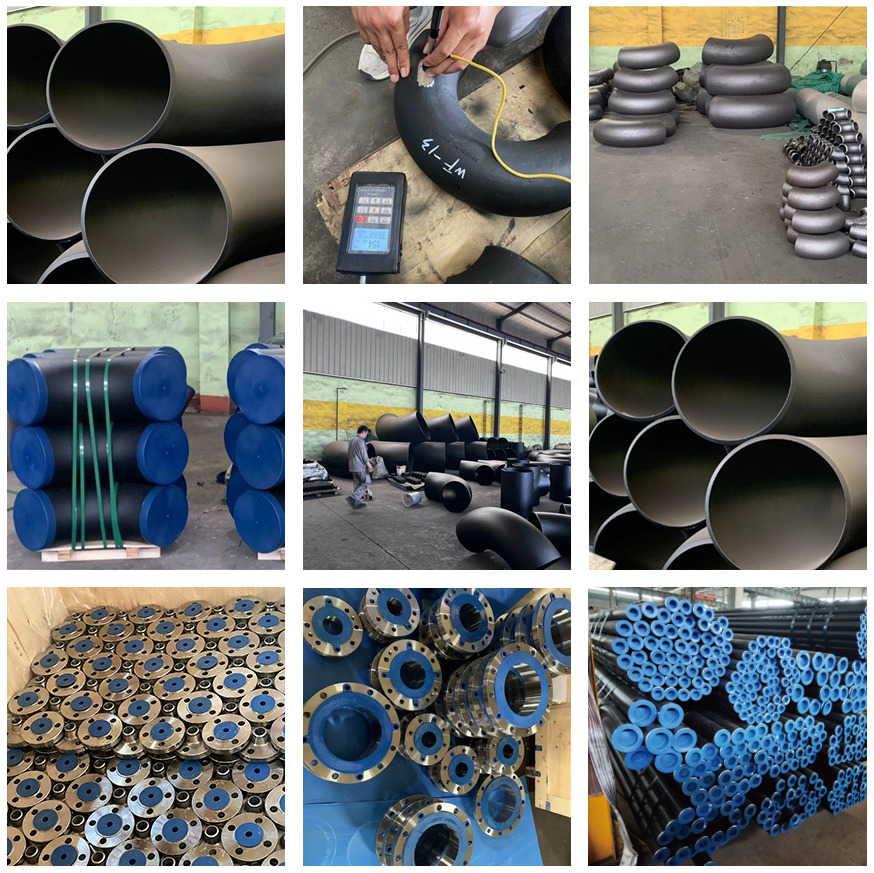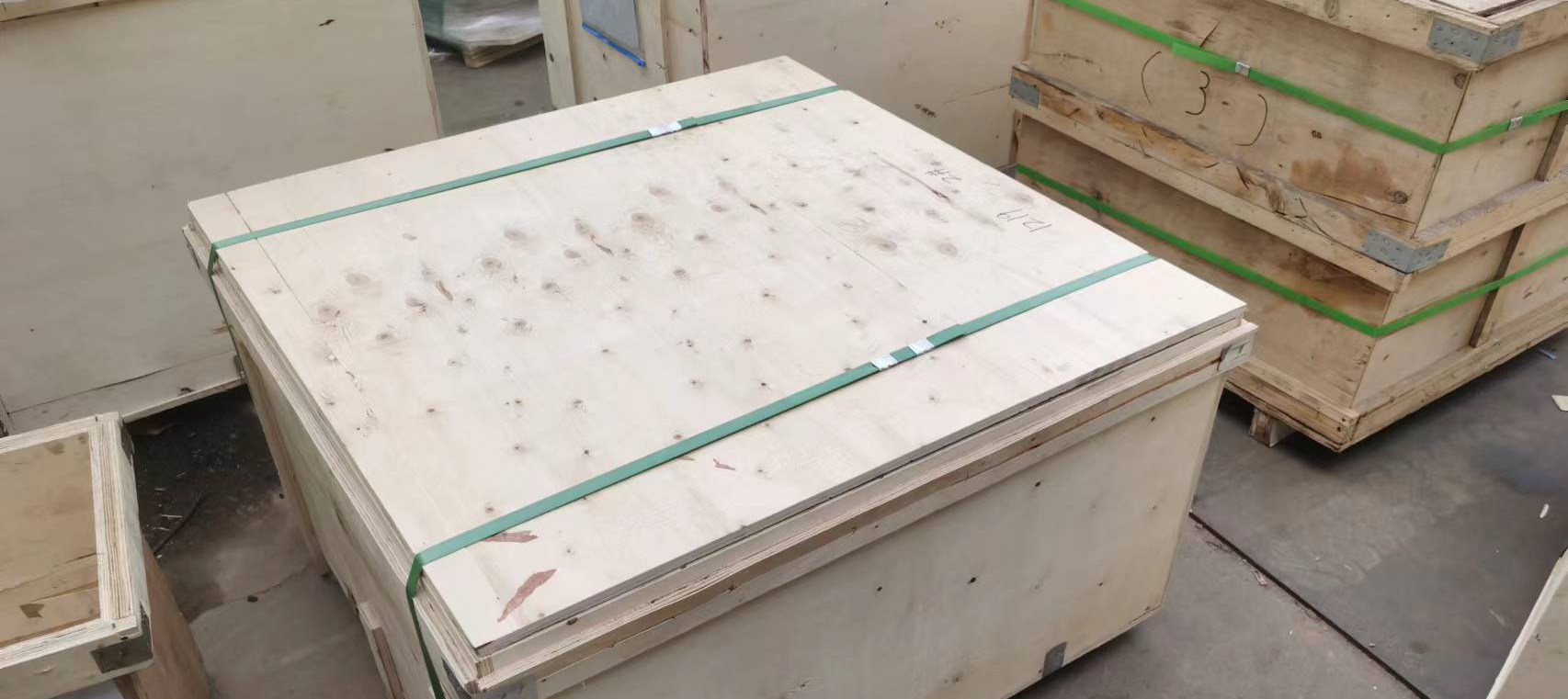Share this
The situation of flanged steel pipe fittings before and after packaging is typically as follows:
Before Packaging:
1. Cleaning and Inspection: Prior to packaging, flanged steel pipe fittings are usually cleaned and inspected to ensure that their surfaces are free from significant dirt, corrosion, or damage.
2. Protective Measures: If the surfaces of the fittings are prone to corrosion or scratching, protective measures such as applying rust-resistant coatings or using protective plastic film might be taken.
3. Sorting and Organizing: Fittings could be sorted and organized based on types, sizes, and other attributes for ease of subsequent packaging and transportation.
Packaging Process:
1. Packaging Materials: Appropriate packaging materials like wooden crates, steel frames, cardboard boxes, or plastic wrapping are commonly used to safeguard the fittings from damage and contamination during transportation.
2. Padding and Cushioning: Within the packaging containers, padding and cushioning materials such as foam, airbags, or soft packaging are employed to mitigate the impact on fittings during transit.
3. Securing and Sealing: Fittings are placed within the packaging containers and securely fastened to prevent movement during transportation. The containers are then sealed to protect the fittings from dust, moisture, and other environmental factors.
4. Labeling and Tagging: Packaging is labeled with important information such as fitting type, quantity, size, etc., for identification and management purposes.
After Packaging:
1. Quality Inspection: Following packaging completion, a final quality inspection may be conducted to ensure that the fittings haven’t sustained damage during the packaging process and meet the expected quality standards.
2. Storage and Transportation: Packaged flanged steel pipe fittings can be stored in warehouses or prepared for transportation. Packaging design and material choices help protect the fittings from damage during storage and transit.
In summary, packaging is crucial for preserving the integrity and quality of flanged steel pipe fittings, allowing them to safely reach their destination and remain in good condition before use. The specific packaging methods may vary based on manufacturers, fitting types, and destinations.


